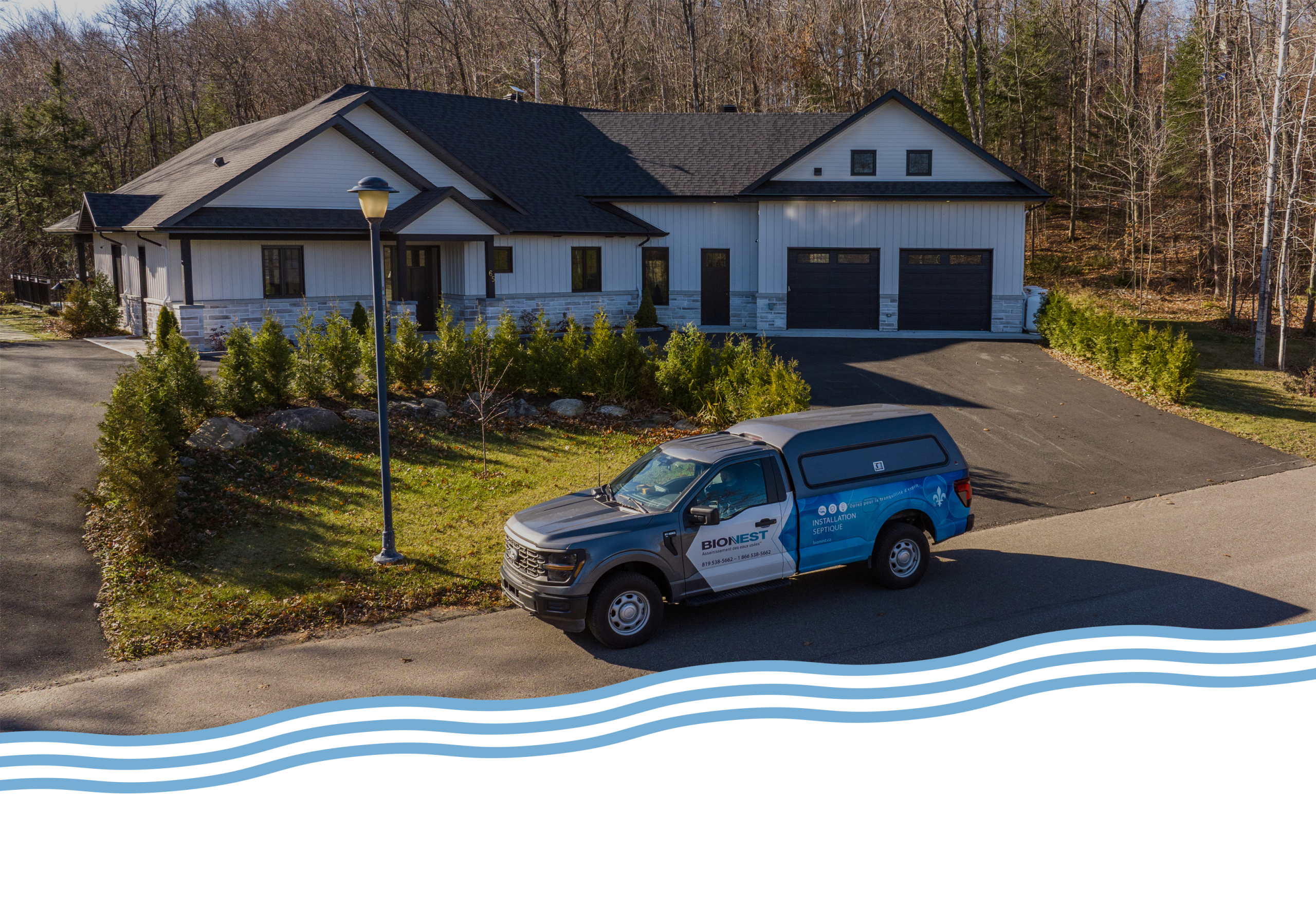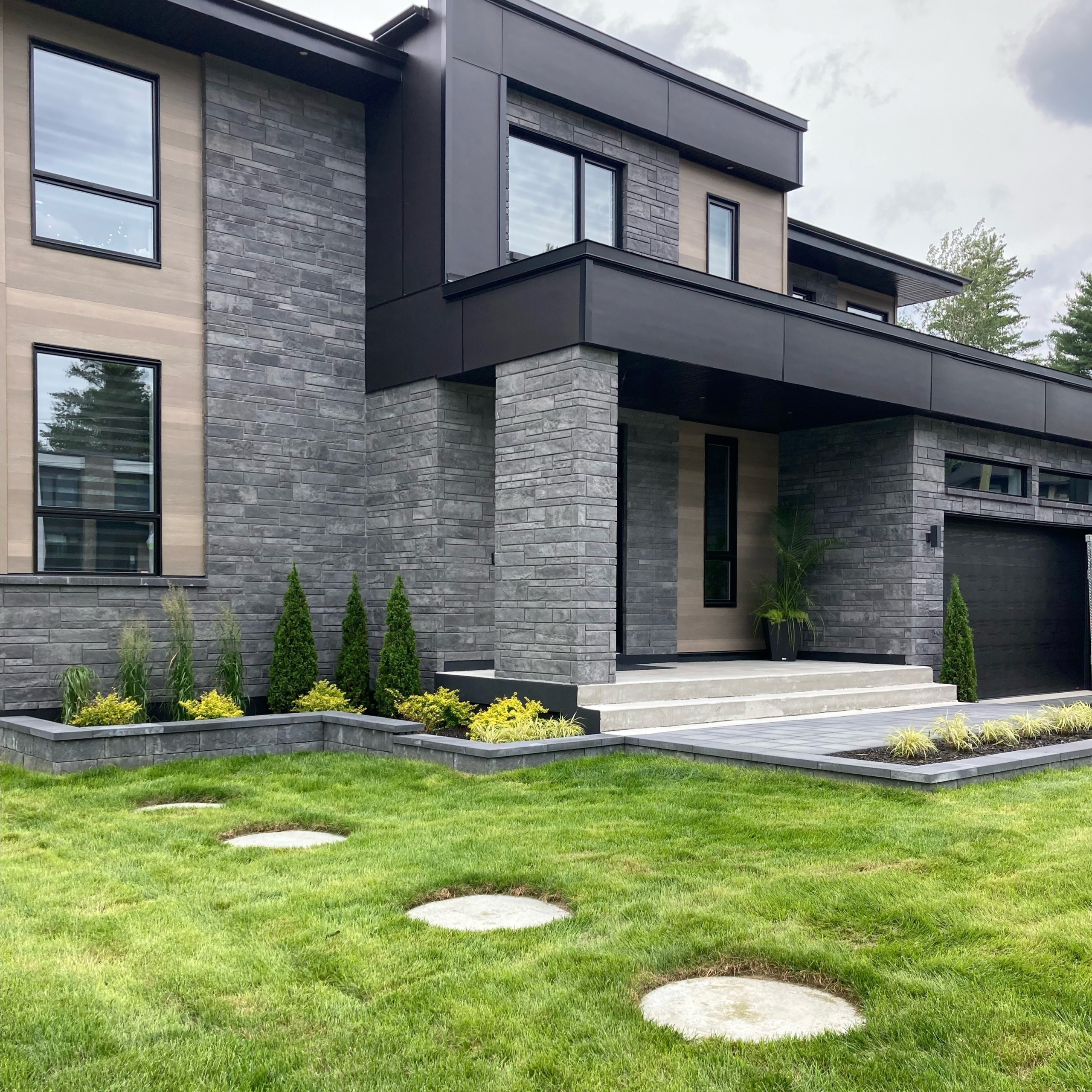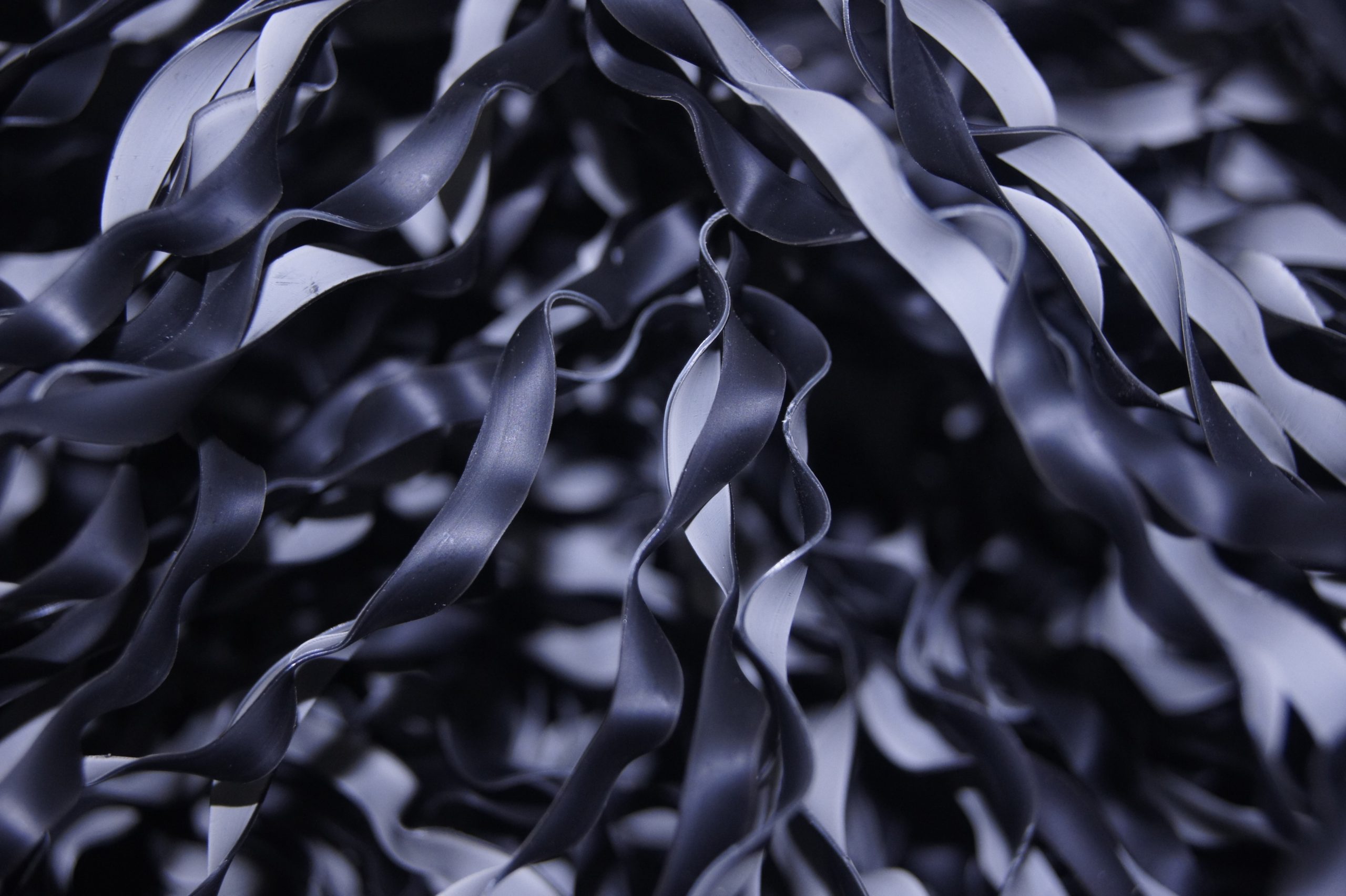The ZENITH septic system consists of two tanks: the primary reactor and the biological reactor. The primary reactor includes a pre-filter that helps prevent large pollutants from entering the next stage. A recirculation pump in the biological reactor sends some of the water back to the primary tank to optimize treatment.
An external control panel, called the Bio-R, is installed near the tanks. It houses the aerator and a high-level alarm system.
The treated water is distributed into a polishing bed—similar to a traditional drain field but about 60% smaller—for final soil infiltration. It can also be directed to a UV disinfection unit (Bio-UV) before being safely returned to the environment.
Proper ventilation is essential for any stand-alone treatment system. Depending on the terrain, a lift pump may also be required—regardless of the treatment technology used.









